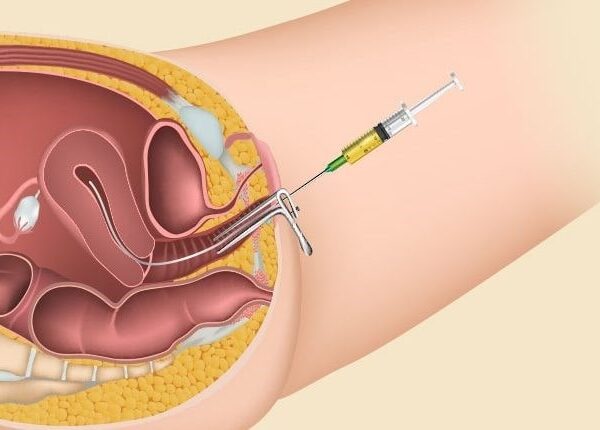Gastric pain is a common and often uncomfortable condition, usually felt in the middle of the upper abdomen. It is typically a dull, gnawing, or burning sensation that may last for several minutes or hours. It can also be accompanied by nausea, vomiting, bloating, and/or indigestion.
Gastric pain is typically caused by an underlying medical condition such as acid reflux, gastritis, ulcers, or an infection. It can also be caused by non-medical factors like eating too quickly, drinking too much alcohol, or eating spicy or fatty foods. Some medications may also cause gastric pain.
In order to determine the cause of your gastric pain, it is important to see your doctor. Diagnostic tests like an endoscopy, colonoscopy, and/or X-ray can help to determine the source of the pain. Treatment depends on the underlying cause and may include lifestyle changes, medications, or surgery.
Lifestyle changes such as avoiding certain foods, eating smaller meals, and avoiding late-night eating can help to reduce the intensity and frequency of gastric pain. You should also avoid smoking and excessive amounts of alcohol, as these can worsen symptoms.
Eating smaller meals and avoiding large meals at night can help to reduce the risk of reflux and other digestive problems. Additionally, medications like proton pump inhibitors, antacids, and antibiotics can be used to manage pain and underlying conditions.
Gastric pain is a common and often uncomfortable condition that can be managed with lifestyle changes, medications, and/or surgery. If you experience gastric pain, it is important to talk to your doctor to determine the underlying cause and develop an appropriate treatment plan.
How Gastric Pain is Diagnosed
Gastric pain can be a difficult condition to diagnose, as there are many possible causes and symptoms can vary significantly between individuals. However, there are some steps that can be taken to ensure that the correct diagnosis is made as quickly and as accurately as possible.
When it comes to diagnosing gastric pain, the first step is to perform a physical examination. During the physical exam, your gastric pain doctor will likely look for signs of tenderness or swelling in the abdomen, look for any tender spots, and take your temperature.
They may also take your blood pressure, pulse, and respiration rate. All of these physical findings can help diagnose or rule out certain medical conditions. The next step is to perform a gastroscopy or upper gastrointestinal tract endoscopy. This is a procedure that uses a tiny camera to examine the inside of your stomach and small intestine.
It is usually done under general anesthesia, and your doctor can look for any signs of inflammation or other abnormalities. This procedure is particularly important for people with chronic gastric pain, as it can help identify any underlying causes.
If the endoscopy does not reveal any underlying causes of your gastric pain, your doctor may order a urea breath test to check for helicobacter pylori infection, which is a common cause of gastric pain. Blood tests may also be performed to rule out other conditions and help with diagnosis.
In more complex cases, your doctor may refer you for a CT scan or ultrasound of the abdomen to check for any underlying causes. An MRI or endoscopic ultrasound may also be needed in certain cases.
Ultimately, the diagnosis of “gastric pain’’ is usually based on clinical symptoms and physical examination that can be done at any gastric pain clinic. However, if the diagnosis is inconclusive, your doctor may order additional tests and imaging to help distinguish between different causes of gastric pain.
With the right diagnosis, your doctor can then create an appropriate treatment plan to help you manage your condition and reduce your pain.





